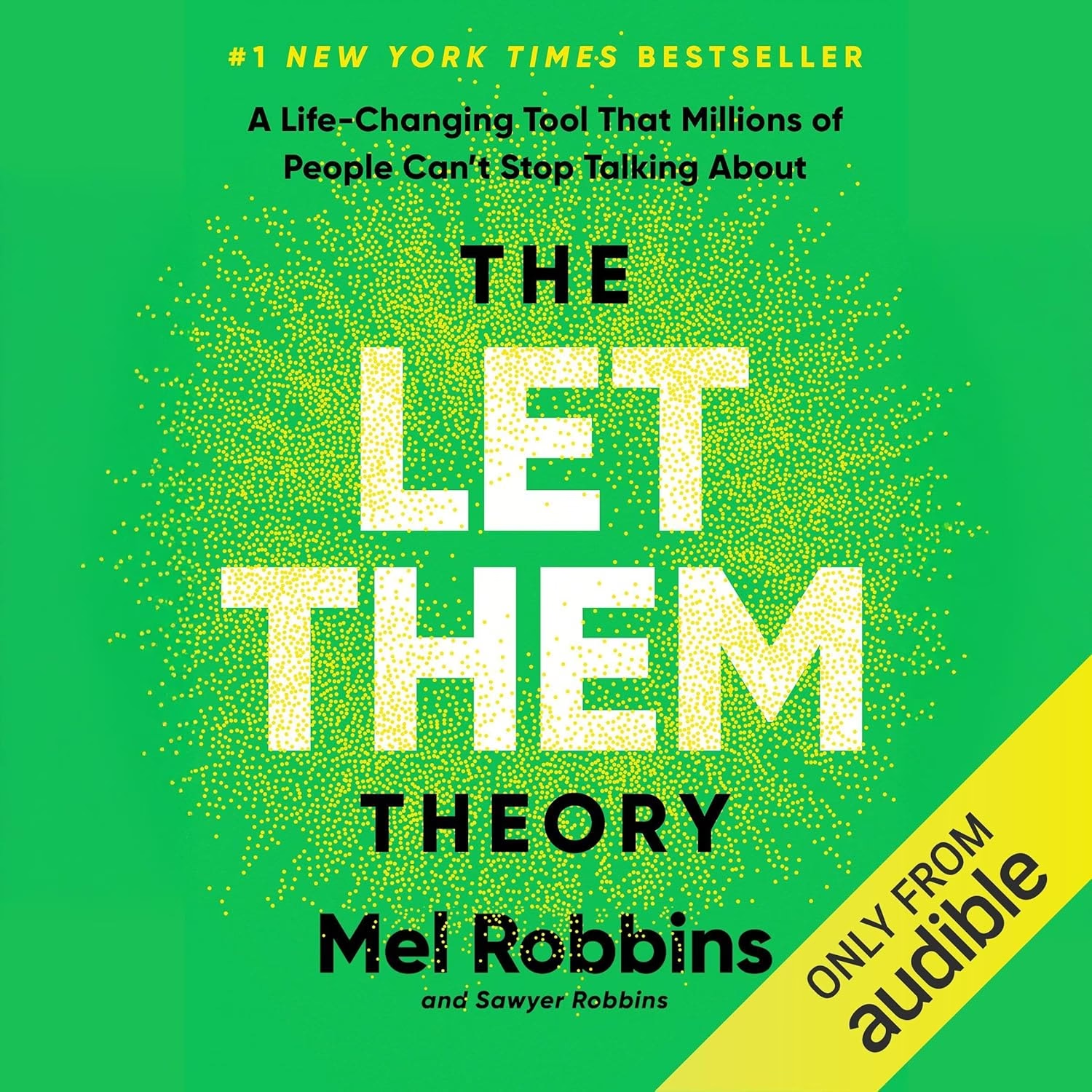![]() My father would be the first to confirm my lifetime membership in the “Rebels from the Start” club. Indeed, even as you read this, I’m quietly using instructional time to teach basic morals, manners and “The Golden Rule” in school, while donning white after Labor Day, so the title of this book was literally SCREAMING my name. After heeding the call, and thinking of myself as a rather well-read gal, I perused the table of contents for familiar authors’ names or titles. Of the 44 titles featured in this collection, I came out knowing only ONE! I did slightly better with the authors’ names, being familiar with exactly SIX! So much for being well read in the genre of radical children’s lit!
My father would be the first to confirm my lifetime membership in the “Rebels from the Start” club. Indeed, even as you read this, I’m quietly using instructional time to teach basic morals, manners and “The Golden Rule” in school, while donning white after Labor Day, so the title of this book was literally SCREAMING my name. After heeding the call, and thinking of myself as a rather well-read gal, I perused the table of contents for familiar authors’ names or titles. Of the 44 titles featured in this collection, I came out knowing only ONE! I did slightly better with the authors’ names, being familiar with exactly SIX! So much for being well read in the genre of radical children’s lit!
The book weighs in at a hefty 295 pages and is an absolute wealth of historical information. It’s organized into eight parts, with selections encompassing such categories as subversive science and ecology, environmentalism, union organization and workers’ rights, gender and racial equality, and peace activism. Each piece of literature (excerpt, poem, song or story) is preceded by an editor’s introduction, providing the reader with background on the author and his or her ideology, as well as the social and political context in which the piece was published and received. The collection is focused on 20th century children’s literature, and consists of mostly out-of-print books, but also includes pieces originally published in “movement” magazines such as Pioneer (a communist magazine for children), Freedom (a radical black newspaper), and the better known Ms. magazine.
In the foreword, Jack Zipes points out the misconstrued nature of the word “radical,” noting that it’s often confused with extremism, and informing us that the word itself actually stems from the Latin radicalis, meaning having roots or being rooted. Zipes also states that Mickenberg’s and Nel’s intentions in putting together this collection was to shine a light on children’s literature that had been previously dismissed. I found the historical facts most intriguing, and the experience akin to uncovering little-known secrets about political and social movements of the past.
The Sneetches (1953) by Dr. Seuss, which examines the illogical nature of bigotry, was the one title I was familiar with before exploring this collection. While some selections were written for a specific audience (Union workers’ children or Socialist Sunday Schools), the majority were written and received by wider audiences and spoke especially to minorities, feminists and immigrants. In Funnybone Alley (1927), author Alfred Kreymborg introduced children to an imaginary “radical” neighborhood in his hometown of New York City, where shopkeepers only charged what their goods were worth and all the citizens looked out for each other. Published in 1945, when teaching evolution was still illegal in many states, “The Races of Mankind,” from Climbing Our Family Tree by Alex Novikoff, exposed children to the “radical” notion that racial differentiation is purely superficial. X, A Fabulous Child’s Story (1972) by Lois Gould, features a world in which restrictions imposed by gender don’t exist. This “girls and boys can be anything they want,” not-so-radical by today’s standards brand of tale, originally appeared in the debut issue of the groundbreaking Ms. magazine.
As an educator, I share the belief that all of the authors in this collection must also have held as truth: that children are indeed the future, and to bring about social change, one needs to begin by changing the hearts and minds of the children. The great Italian educator Maria Montessori said it best when she stated, “It is the spirit of the child that can determine the course of human progress and lead it perhaps even to a higher form of civilization.”
Although not a true children’s book, or my first pick for a rainy day escape, I believe lovers of social/political history and inquiring minds in general, would find this collection appealing.
Happy Reading! And every chance you get, please share a book with a child!




Great review…